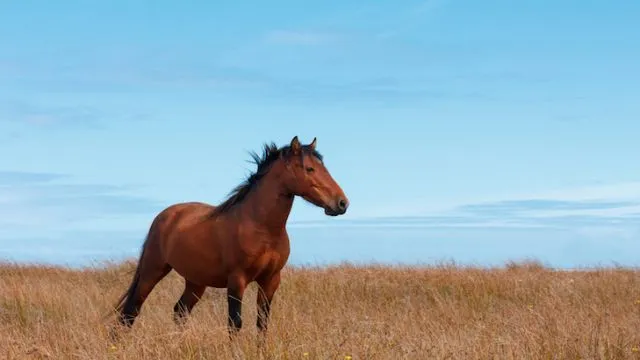
- Share on Facebook159
- Share on Pinterest
- Share on Twitter
The U.S. Army is preparing to fight. The battle is joined over the status of feral horses located on the grounds of Louisiana’s Fort Polk. The Army wants to eliminate the horses over a three-year period, but animal rights groups are protesting the plan.
Although most of the approximately 700 horses are feral, the nearly 200,000 acre site has also been a dumping ground for unwanted horses. Officially, they are known as “trespass horses” by the Army, while pro-equine groups refer to them as “heritage horses.”
In the way
The Army claims the horses get in the way of military training. Troops train on about 90,000 acres of woods on the base, and the horses inhabit more than half of the acreage. Army officials state that troops are in danger of getting bitten or kicked by the equines, or “surprised by manure piles.” Training has been interrupted in order to move the horses out of the area.
Issues with hunters
Because the feral horses live in the forest, they also cause problems for hunters allowed to hunt on the base. Food plots intended to attract game such as deer and turkey are consumed by the horses.
The Army plan
The Army’s plan involves rounding up 20 horses at a time over a three-year period, with the end result of no more horses on the base. Once the horses are rounded up, nonprofit equine organizations on a list maintained by the Army would have 10 days to take them in. After that, there is a seven-day period in which horses may be purchased by the public. Any horses left over would then become available to other groups via a local sale barn — and equine welfare advocates warn that many of them would go to dealers and then on to slaughter in Mexico or Canada.
Horse slaughter for human consumption became illegal in the United States in 2007, but that hasn’t stopped the flow of horses to slaughterhouses in neighboring countries.
Even though the Army’s plan prohibits the sale of the Fort Polk horses to slaughter, opponents argue there is little likelihood of the Army following up on sales in the long term to ensure the horses’ safety and welfare.
The horses
Legend has it the horses are descended from U.S. cavalry horses set loose after the cavalry disbanded. It’s probably not true, at least for the majority of them. Most likely — besides the recently abandoned animals — the horses are the offspring of local farm and logging horses either set loose or lost in the vast forest. Some of the horses are obviously wild, while others seek out humans.
Previous roundups
Past roundups have not been too successful. A 1993 roundup caught 41 animals, which two local farms took in. In 2000, just eight horses found new homes. Although horses were captured in 2007 and intact males gelded and re-released, that hasn’t put a dent in the number of equines because of continued abandonment.
Animal protection coalition
A coalition of various animal protection groups alleges the Army has not “adequately or accurately researched the horses.” In a statement, the coalition notes local equine groups do not have the capacity to take in the horses, and that the timetable for receiving such horses is “unacceptably small.” There is also no plan to differentiate between genuinely feral horses and abandoned domestic equines. Under a Freedom of Information Act request filed last year, the coalition inquired about the outcome of horses removed in earlier roundups, along with data on the horses’ roaming patterns. As of late June, the Army has not responded to the request with documentation.
Part of local culture
The Pegasus Equine Guardian Association, a local 501(c)(3) organization, states the feral horses have been on the Fort Polk lands for generations. Many descended from farm families who set the animals loose after their farms were taken by the government for military training purposes in the 1930s. The group alleges the Army refers to them as “trespass” rather than “wild” horses so they do not fall under the provisions of the federal Wild Free-Roaming Horses and Burro Act.
For centuries, soldiers and horses went into battle together. Millions of horses have given their lives in war. The last U.S. Army horse cavalry charge took place in 1942 on the Bataan Peninsula in the Philippines during World War II. The besieged forces later had to kill their horses for food. Seventy-two years later, the Army has no use for the animals who were once their military partners.
—Jane Meggitt
- Share on Facebook159
- Share on Pinterest
- Share on Twitter

